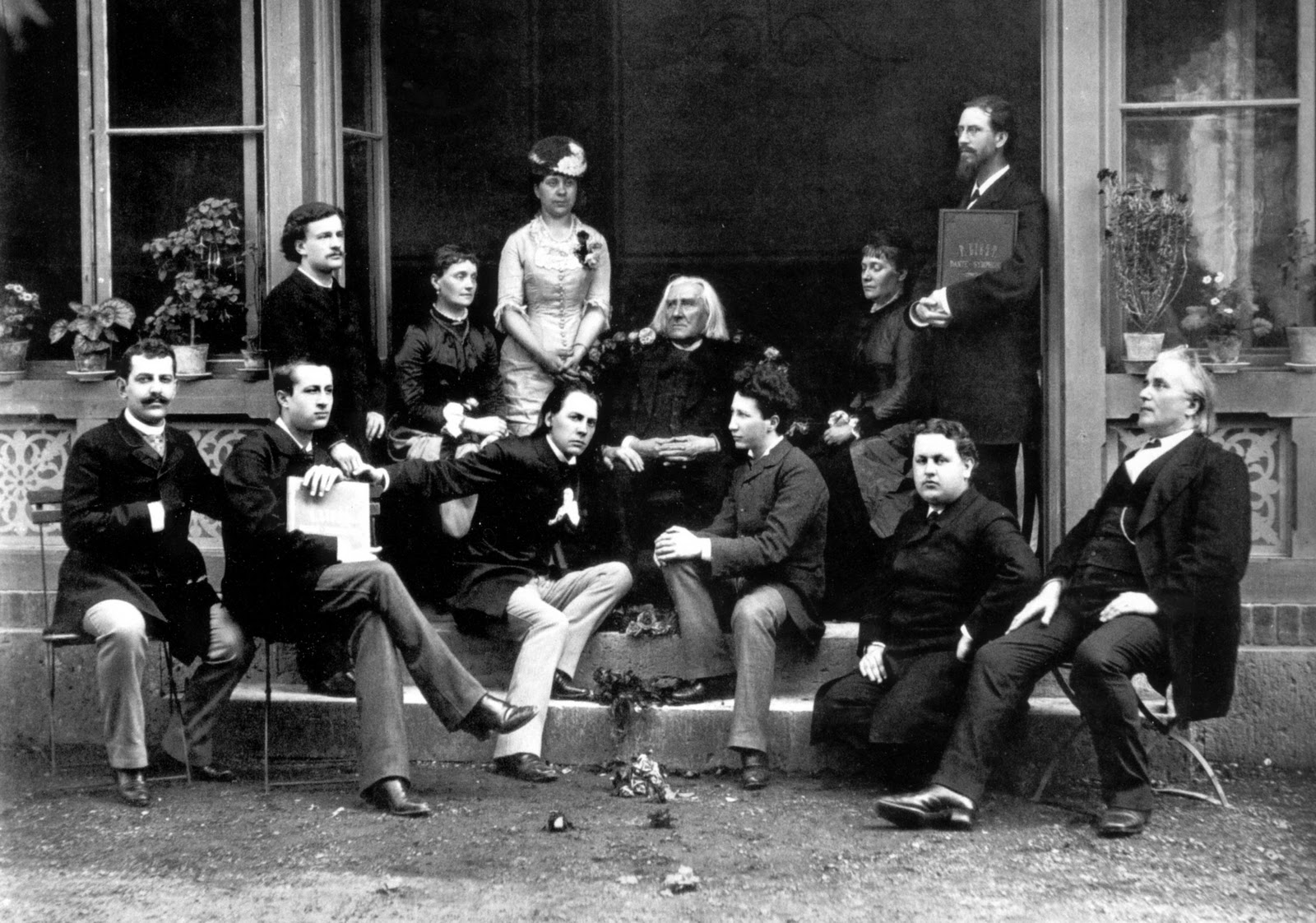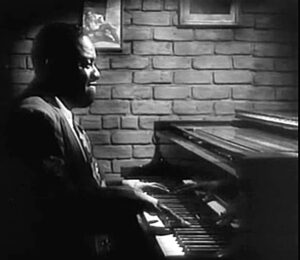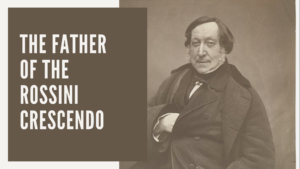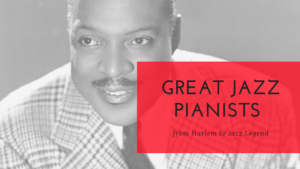“Celebritate sua sat notus.” This line, which translates to “through his celebrity sufficiently known,” was the sole description in Franz Liszt’s passport, issued by authorities of the Austrian crown in the mid-19th century.
The young pianist retired by the age of 35, leaving behind him one of the wealthiest and most riveting musical careers known to mankind. Attending one of Liszt’s famed performances in 1844, German poet, critic and journalist Heinrich Heine dubbed what he saw ‘Lisztomania.’ This Liszt fever was a phenomenon we have almost become accustomed to by now, watching audiences scream, swoon, and faint at the sight of the Elvises and Beatles we have seen since – but in the 19th century, this was a first and Liszt was the first and sole cause of such reactions.
Liszt Fever
“A veritable insanity,” was what Heine called it, “One unheard of in the annals of furore!” Today, this may seem even logical to us. Liszt’s passion, amazing versatility, and divine talent are clear and enough to captivate even children when met with the Warner Bros. Bugs Bunny version of his famed Hungarian Rhapsody no. 2. But audiences of the time were much more akin to what we’re used to seeing at the average classical concert halls of today – solemn, pious, quiet, and polite. Liszt’s performances broke that tradition and perhaps changed it forever. Applause was thunderous, shouts were heard, and young women fainted in their tight corsets during his concerts.
By 1845, his fame was such that there were rumors of his engagement to 15-year-old Queen Isabella II of Spain. Young women of Europe’s upper classes followed him like groupies, picking up his cigar butts and encasing them in diamonds. An entire section of black market trade revolved around the selling and buying of locks of Liszt’s hair, items he had touched, and handkerchiefs he had swept his sweaty brow with after performances. Reductio ad absurdum – a reduction to the absurd – some called it.
The Philosophy Behind the Celebrity
Liszt didn’t come from the high society that praised and glorified him so. His father had been a musician clerk in the service of Prince Nikolaus II Esterházy and young Franz began his musical education at the age of six. He played the piano by seven and began earning basic composition by the age of eight. Of course, it helped that his father hung out with the likes of Haydn, Hummel and Beethoven at the time, but the young boy’s inherent talent was soon in plain sight for all to see.
Raised on the fringes of high society, Liszt had daily insight into the world of wealth, education and the arts, but very little access to it. He didn’t receive much of a formal education as a boy. After his father’s death, he landed in Paris, dedicating the entirety of his days to giving music lessons, his only means of making a living. This is when he took up smoking, drinking, and reading – lots of reading.
Within just a few years, he hobnobbed with the great literary and musical minds of his time, matching them in knowledge and discourse, and surpassing them in musical talent and performance. Somehow, completely unbeknownst to young Franz, Lisztomania was born. He didn’t intend it and he didn’t much care for it.
Some 250 years later, Lisztomania and Liszt’s unique, vibrant opus beg the question – why? Why was this young man so special? Of all the piano virtuosos in the world, what made this one the exceptional one among all the exceptional ones? Liszt’s much coveted X factor, one we may never be able to explain, may have had everything to do with his attitude toward not only his music, but life in general.
Years before the volcanic peak of his fame, around the time that the young pianist was considering devoting his life to the priesthood, Liszt checked into a hotel in Chamonix-Mont-Blanc in the French Alps, he listed his profession in the hotel register as musician-philosopher. The register also required that he list his transit departure and destination locations. Liszt jotted down “from Doubt to Truth” in this field.
This, in a nutshell, was Liszt. He was a seeker, a traveler, a student of life, an explorer. He came from Doubt and searched for Truth, in all that he consumed and created. Centuries later, the feverish fandom devoted to his music continues.



